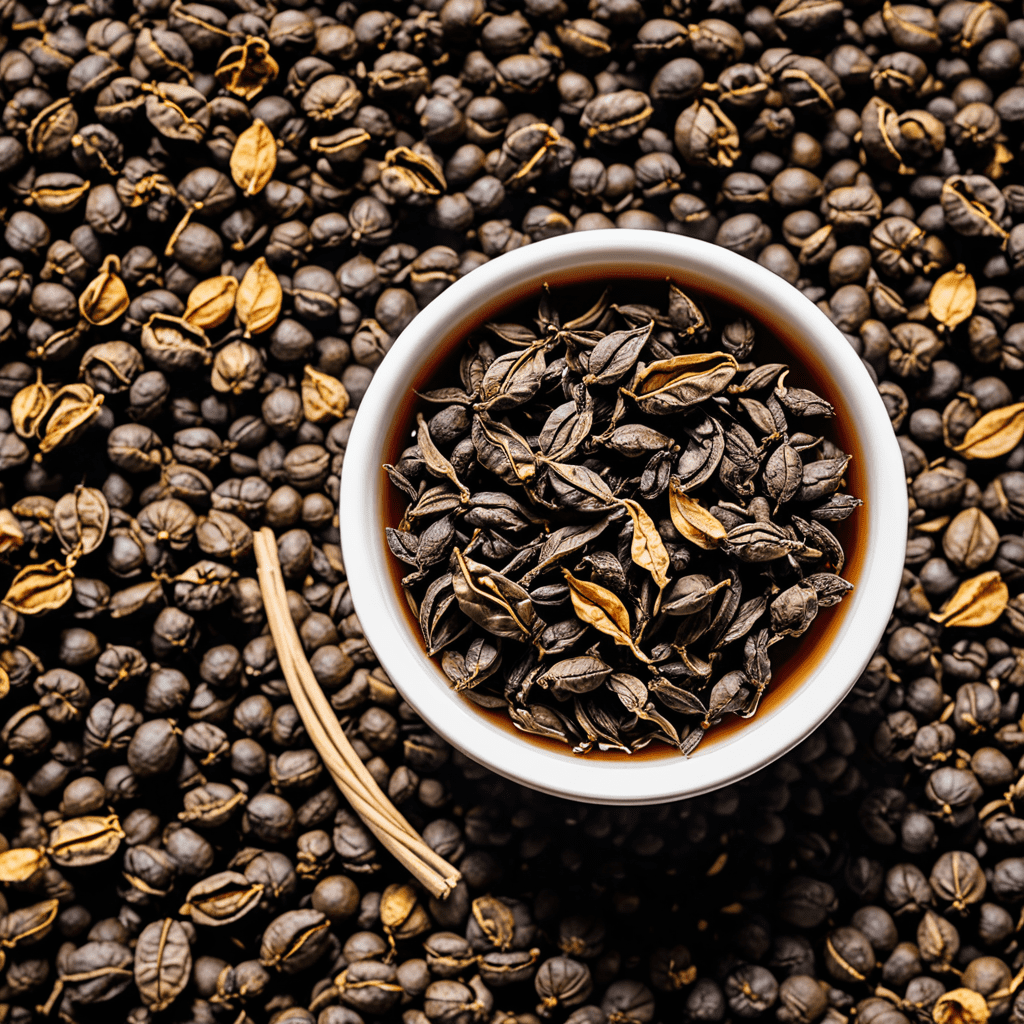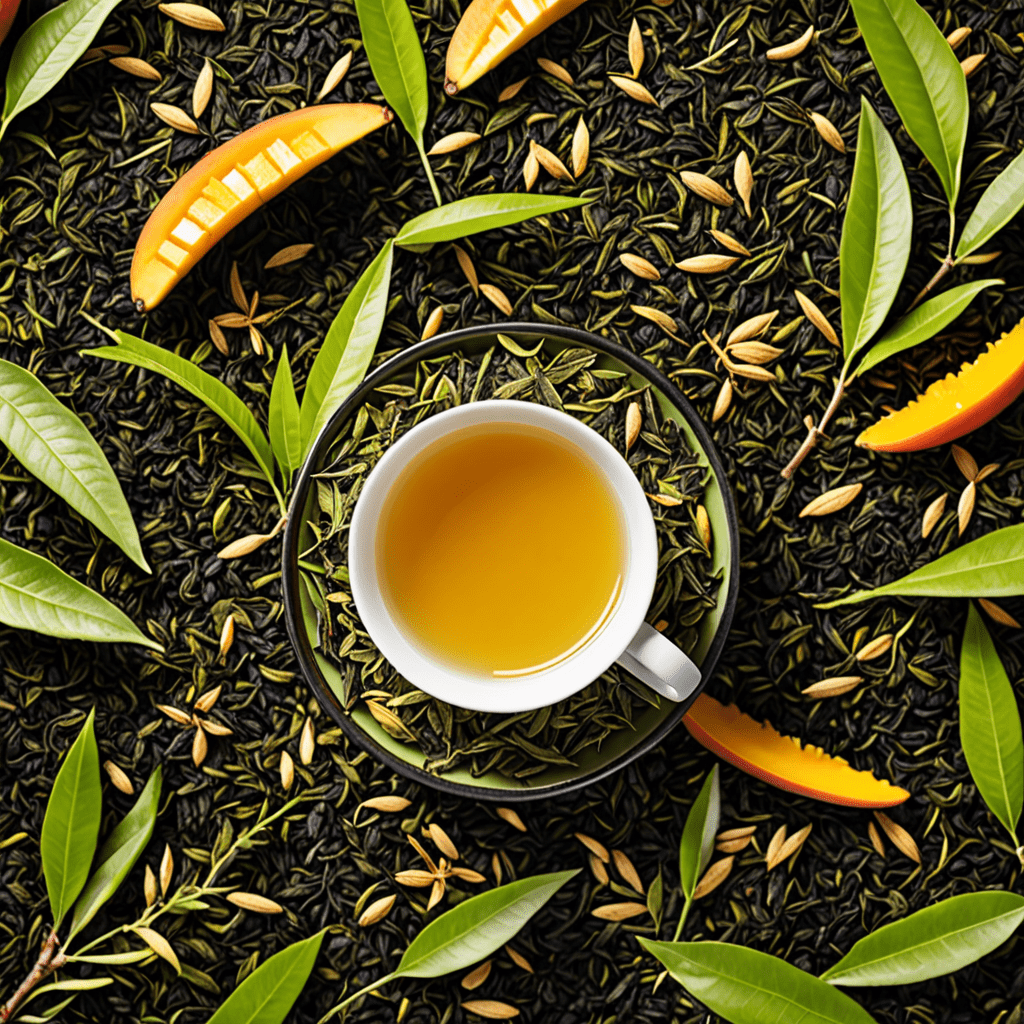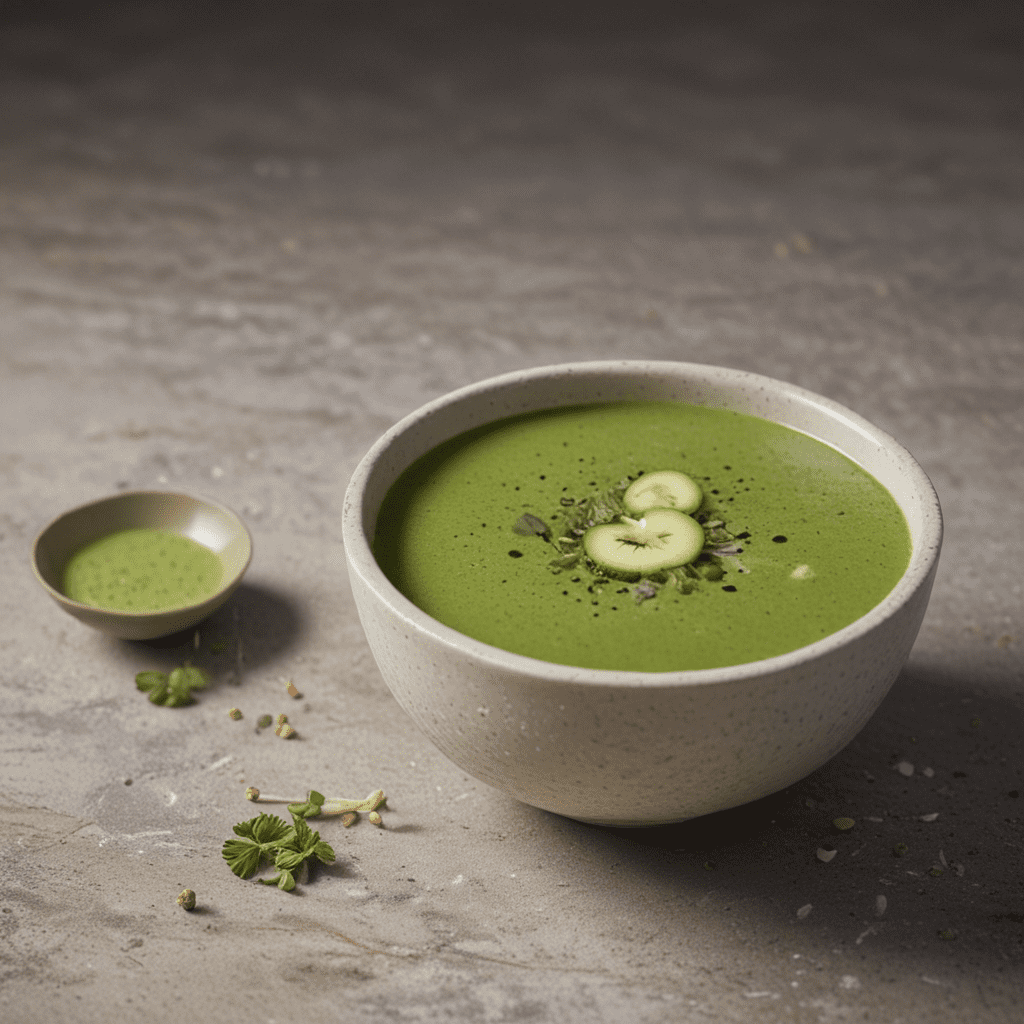
Pu-erh Tea: A Journey Through Tea Cultivation
Tea connoisseurs around the world cherish Pu-erh tea for its unique taste and rich history. Let’s delve deep into the fascinating journey of Pu-erh tea cultivation, from the lush tea gardens to the traditional fermentation process.
1. The Origins of Pu-erh Tea
Pu-erh tea, named after a county in Yunnan Province, China, has a history that dates back thousands of years. It is one of the oldest types of tea, revered for its medicinal properties and earthy flavors. The tea leaves used for Pu-erh come from the Camellia sinensis plant, the same plant used for all true teas.
2. Cultivation of Pu-erh Tea
Tea gardens in Yunnan Province are meticulously tended by skilled farmers to ensure the best quality leaves for Pu-erh tea. These gardens are often situated in high-altitude regions with ideal climatic conditions for tea cultivation. The leaves are carefully picked by hand to preserve their integrity.
3. Harvesting and Processing
Harvesting of Pu-erh tea leaves usually takes place in the spring when the leaves are young and tender. After harvesting, the leaves undergo a unique processing method that can involve sun-drying, pan-firing, rolling, and shaping. These steps are crucial in developing the distinct flavor profile of Pu-erh tea.
4. Fermentation of Pu-erh Tea
Unlike other types of tea, Pu-erh undergoes a fermentation process that can last from several months to several years. This fermentation stage is what gives Pu-erh its signature bold and earthy taste. The tea leaves are carefully monitored and turned during the fermentation process to achieve the desired flavor.
5. Aging Pu-erh Tea
After fermentation, Pu-erh tea is often aged to further develop its flavors. Just like fine wine, the aging process can enhance the complexity and smoothness of the tea. Pu-erh enthusiasts value well-aged teas for their depth of flavor and exquisite aroma.
6. Types of Pu-erh Tea
There are two main types of Pu-erh tea: raw (sheng) and ripe (shou). Raw Pu-erh undergoes natural fermentation over time and is known for its vibrant and lively taste. Ripe Pu-erh, on the other hand, undergoes an accelerated fermentation process to mimic the aging of raw Pu-erh, resulting in a darker and richer flavor.
7. Enjoying Pu-erh Tea
Whether you prefer the boldness of raw Pu-erh or the smoothness of ripe Pu-erh, enjoying a cup of Pu-erh tea is a sensory experience like no other. Its complex flavors and health benefits make it a beloved choice for tea enthusiasts worldwide. So, brew a cup, savor the aroma, and embark on a journey through the rich history and cultivation of Pu-erh tea.
FAQ About Pu-erh Tea: A Journey Through Tea Cultivation
What is Pu-erh Tea?
Pu-erh tea is a type of fermented tea produced in the Yunnan province of China. It is known for its unique earthy flavor and potential health benefits.
How is Pu-erh Tea Cultivated?
Pu-erh tea is typically made from large-leaf tea plants. The tea leaves undergo a special fermentation process, either through aging or accelerated fermentation, to develop its distinctive taste.
What Makes Pu-erh Tea Unique?
Pu-erh tea is unique due to its fermentation process, which can enhance its flavor profile over time. It also has a rich history and cultural significance in Chinese tea traditions.
What Are the Health Benefits of Pu-erh Tea?
Pu-erh tea is believed to aid digestion, promote weight loss, and provide antioxidants. It may also help reduce cholesterol levels and boost overall well-being.
How Should Pu-erh Tea Be Brewed?
To brew Pu-erh tea, use hot water just below boiling point and steep the leaves for 2-3 minutes. The tea can be enjoyed multiple times as its flavor evolves with each infusion.


